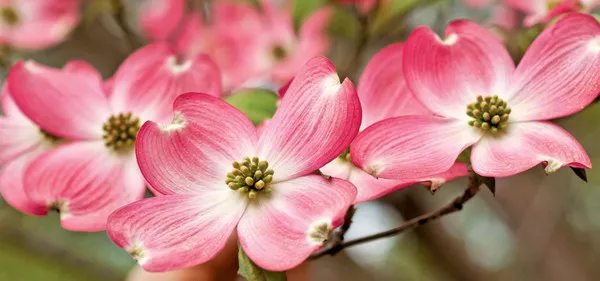Flowers have always played a significant role in human culture, conveying emotions, sentiments, and messages that often words cannot express. Among these myriad blossoms, the gladiolus flower stands tall, not just in stature but also in symbolism. The gladiolus, with its elegant spikes and vibrant hues, has a history steeped in tradition and a language all its own. In this exploration, we delve into the meanings associated with the gladiolus flower, its cultural significance, and its presence in various aspects of human life.
1. The Gladiolus Flower: An Emblem of Strength and Integrity
The name “gladiolus” itself holds clues to the flower’s symbolic nature. Derived from the Latin word “gladius,” meaning sword, the gladiolus has historically been associated with strength, resilience, and integrity. In ancient Rome, gladiators, armed with swords, embodied these very qualities. The gladiolus flower was named after them due to its long, pointed leaves resembling a sword. This connection to strength and fighting spirit has endured over time, making the gladiolus a popular choice for honoring individuals with unwavering resolve and determination.
2. Blooming Heart: Love, Infatuation, and Passion
Beyond its association with strength, the gladiolus also holds meanings related to matters of the heart. Different colors of gladiolus convey varying emotions, with red symbolizing deep love and infatuation, while pink signifies adoration and admiration. These romantic connotations make the gladiolus a favorite in bouquets and arrangements for expressing passionate feelings. Its graceful appearance and fiery hues combine to evoke a sense of ardor that transcends words.
3. Birth Flower of August: Celebrating Birthdays with Symbolism
The gladiolus takes center stage in the realm of birth flowers, specifically for the month of August. As such, it carries its unique set of meanings for individuals born in this month. Representing sincerity, generosity, and a strong moral compass, the gladiolus perfectly encapsulates the characteristics of those born during this time. Its vibrant presence in birthday celebrations adds a layer of symbolism and thoughtfulness, reflecting the essence of the person being celebrated.
4. Tribute and Remembrance: Gladiolus at Funerals
In times of loss and grief, the gladiolus steps into a somber role, symbolizing respect, sympathy, and remembrance. Its towering stems and elegant blooms are often used to create funeral arrangements that pay homage to the departed. In this context, the gladiolus represents the strength of character possessed by the departed soul, their unyielding spirit, and the enduring memories they leave behind. It offers solace to grieving hearts while honoring the legacy of the one who has passed away.
5. Cultural Significance and Global Spread
The symbolism of the gladiolus isn’t confined to a single culture or era. Its diverse interpretations have found their way into various societies across the globe. In African cultures, the gladiolus signifies friendship, loyalty, and moral integrity. In Chinese tradition, the flower is associated with vibrant health and prosperity, making it a popular choice for festive occasions and celebrations. This global presence underscores the universal appeal and power of the gladiolus to convey profound emotions and sentiments.
6. Gardens of Memory: Gladiolus in Historical Context
Throughout history, the gladiolus has made its mark beyond the realm of symbolism. It was favored by ancient civilizations not only for its aesthetic beauty but also for its practical uses. The Roman naturalist Pliny the Elder documented its consumption as a delicacy and believed in its healing properties. The gladiolus has stood witness to the rise and fall of civilizations, finding its place in gardens that tell tales of time gone by.
7. Modern Interpretations: Gladiolus in Art and Design
The gladiolus has found its way into contemporary art and design, inspiring creations that blend tradition with modern aesthetics. Its elegant form and rich symbolism make it a favorite subject for paintings, sculptures, and even tattoos. In interior design, the gladiolus is often used to add a touch of sophistication and vitality to living spaces. This intersection of traditional meaning and contemporary interpretation showcases the flower’s timeless appeal.
Conclusion
In conclusion, the gladiolus flower stands as a testament to the intricate language of nature and human emotion. Its diverse meanings, spanning strength, love, remembrance, and more, reflect the multifaceted nature of the human experience. Whether in celebrations or in moments of contemplation, the gladiolus holds the power to convey sentiments that transcend words. As it continues to grace gardens, bouquets, and artistic endeavors, the gladiolus remains a living symbol that enriches our lives with its beauty and profound significance.


